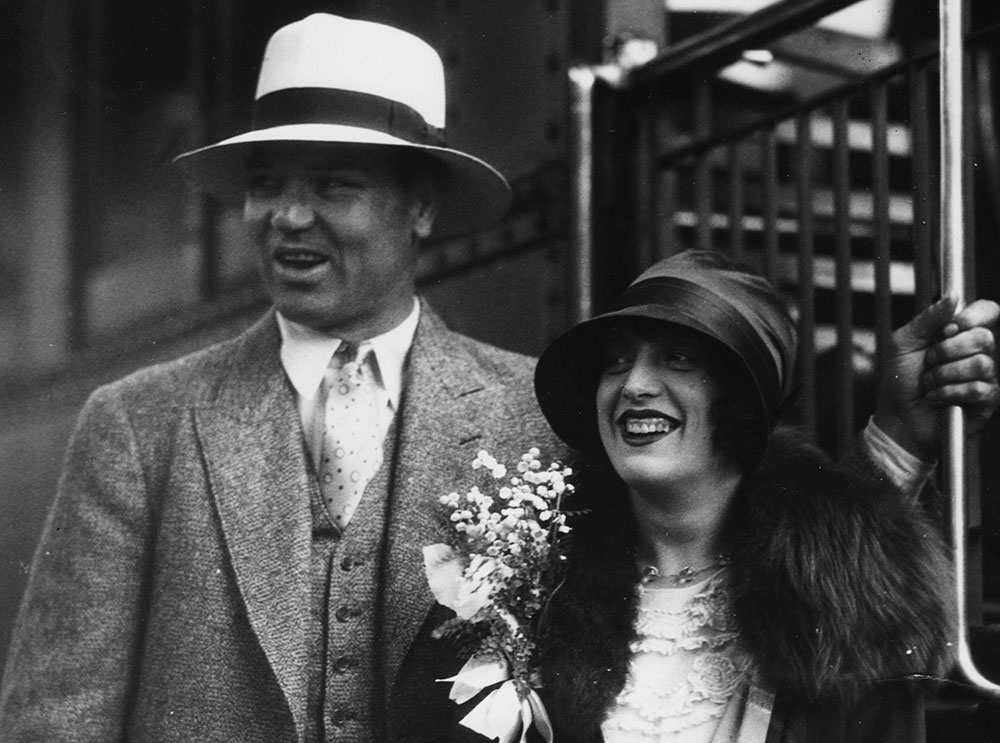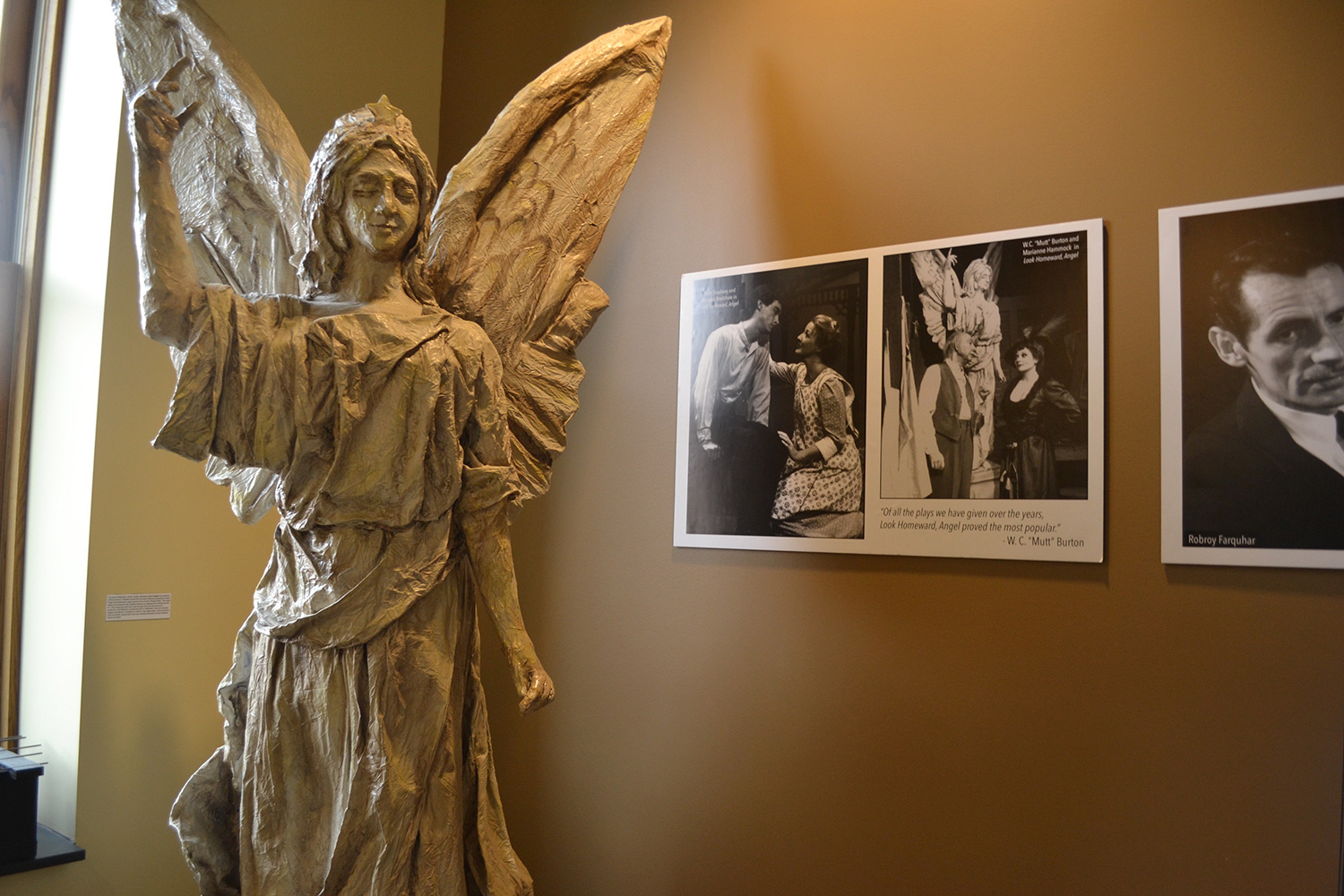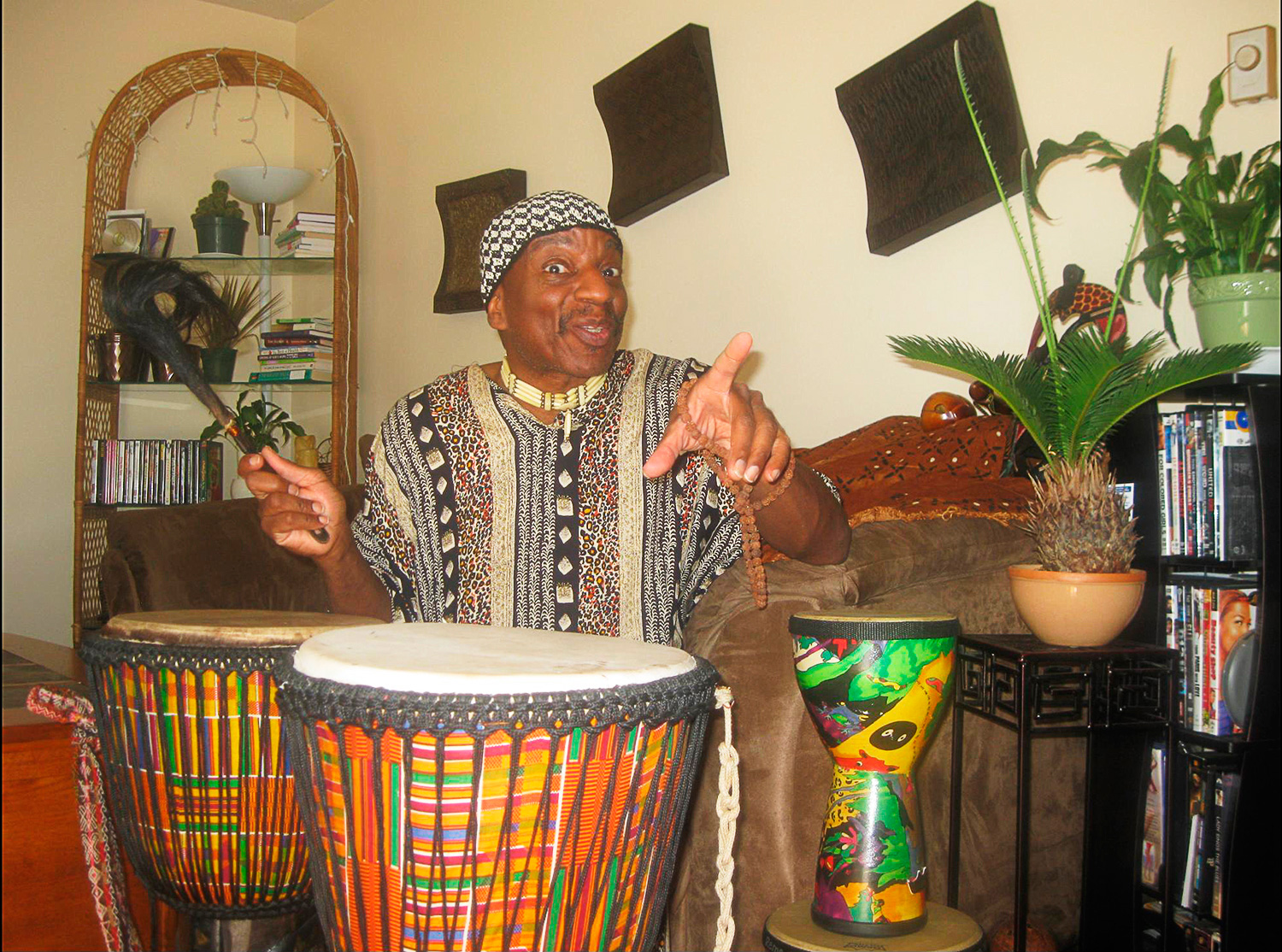
Fighter Jack Dempsey and his movie-star wife, Estelle Taylor, enjoyed the nightlife in Hendersonville, then known as the “Hollywood of the East Coast.” Photo courtesy of the Henderson County Heritage Museum.
In the Roaring ’20s, Laurel Park Estates, a 10,000-acre development situated where the current Town of Laurel Park stands, was in an upswing. Money and fame had flooded the foothills of Echo Mountain, showing itself in the way of casinos, high-class resorts, and, more unusually, in the looming presence of heavyweight boxer William Harrison “Jack” Dempsey.
Standing at 6’1 with a reach of 77 inches, the Paul Bunyan-esque fighter was a cultural icon of the early 20th century. While some criticized his overly aggressive style and what was styled in the press as an “utterly ruthless” punch, he held the World Heavyweight Championship from 1919 to 1926, earning the tag “Manassa Mauler” after the town in Colorado where he was born.
To preserve the hard-fought title and make a quick $60,000, Dempsey, his movie-star wife Estelle Taylor, and his manager John Leo McKernan, better known as “Doc” Kearns, pushed down to the “little Hollywood of the East Coast” — Hendersonville. It was there that Commodore J. Perry Stoltz, former president of the New York Yacht Club, was constructing the Fleetwood Hotel, a 300-room resort sitting at 3,250 feet above sea level.
Stoltz, a Miami entrepreneur, boasted the original Fleetwood and the WMBF radio station down in Florida. To generate publicity for the 15-story hotel materializing atop of Jump Off Mountain, he offered Dempsey a lump sum, provided that he train at the Laurel Lake Casino, an open-air pavilion built partially over Laurel Park Lake.
Thus, on April 24, 1926, the boxer checked into the Kentucky Home Hotel, a boarding house then located on the northeast corner of Washington Street and Fourth Avenue.
Though the First Methodist Church pushed back against the invitation with vehemence, preaching that the sports figure would ruin the God-fearing character of the community, Dempsey’s welcome was mostly one of hospitality.
Some 200 sports writers flocked to the area, vying to get a glimpse of the legend, while locals posed for photos, now chronicled in the Baker-Barber Photographic Collection at Henderson County Public Library. According to Knox Crowell of the Henderson County Heritage Museum, some gutsy natives even agreed to spar with the Colorado cowboy-turned-fighter, even though a knockout was inevitable.
“It was all about bragging rights,” says Crowell. “People got to walk away and say that they got hit by Jack Dempsey.”
Others formed even closer ties with the “Manassa Mauler.” Though Dempsey grew up in a Mormon village and actively practiced the faith, he liked his hooch. On many nights, it was rumored, he walked four miles up Echo Mountain to borrow a family’s truck so that he could go out drinking. Being the gentleman he was, he would always return the vehicle by two or three in the morning.
“I’m proud to be a Mormon … and ashamed to be the Jack Mormon that I am,” Dempsey reportedly once wrote. Although the original context is obscure, the quote became widely associated with him. The term is only coincidentally connected to his first name: “Jack Mormon” referred to a Mormon who was lapsed in his ways, or at least not always strictly observant.
Despite his religious qualms, Dempsey was generally known as a good man – a “gentle giant” of sorts. In the evenings, after training at the casino on rainy days, Indian Cave on windy days, and a makeshift ring near Fleetwood all other days, he and his wife would frequent downtown Hendersonville, says Crowell. There, under everyone’s eyes in town, the duo enjoyed the nearly Gatsby-like feel of the then-booming Laurel Park.
Families came from across Western North Carolina to watch big bands like scat-singing jazz musician Cabell “Cab” Calloway accompanied by iconic trumpeter Dizzy Gillespie. According to Crowell, Dempsey and his wife — famous for her debut in Hollywood’s silent films — danced at pavilions and perhaps even on the shores of Rhododendron Lake, where anything from jigs to American Red Cross swimming lessons were held.
Dempsey’s month-long stay in the Blue Ridge also involved a bit of genealogical research. After reaching out to several locals, it was confirmed that his grandfather, a “rawboned” blacksmith who went by the name of Nathan Dempsey, had once lived in Yancey County. The 250-pound Appalachian native spent weekends wrestling multiple frontier men at once. As described in John Parris’ Roaming the Mountains, his signature move involved slamming his victims’ heads together before packing the final punch.
“He fought everyone who would, choked a bear to death with his bare hands, and injured many an opponent with a fence rail,” Dempsey said in a Nov. 1, 1926 entry for Time magazine. “He was so potent as a bruiser that the local law forbade him to strike with his right fist, ordered him to use only his open right palm.”
Still, Nathan Dempsey soon left for West Virginia after town leaders outlawed his fighting ways. For Jack, a self-made man carrying his grandfather’s blood and shouldering national acclaim, his own sojourn in Western North Carolina also came to an end.
According to Lincoln F. Parker, author of A Short History of Laurel Park, on May 26, 1926, an informal farewell dance was held at Hebron Lodge in Indian Cave. Only months later, in Philadelphia, Dempsey lost his title to Gene Tunney before a crowd of 120,000. He blamed his loss on “forgetting to duck” and a sickness that he supposedly picked up in Hendersonville.
Meanwhile, Laurel Park Estates was also on the rocks. A Category Four hurricane thundered through Miami, and the damage reached northward to the ever-growing mountain town. The storm, coupled with over-speculation, put Stoltz in the red, forcing him to file bankruptcy.
The Fleetwood project soon stagnated, the steel skeleton standing unfinished at the unlucky thirteenth floor. Though a $500,000 municipal bond was offered, the Wall Street Crash of 1929 was the final “nail in the coffin,” says Crowell.
Dempsey’s boxing career was also down and out after his second loss to Tunney in 1927. Now, the only reminder of his stint in the Blue Ridge is a video of him jogging and sparring in a ring. The brief, 30-second bit continually loops in a display at the Henderson County Heritage Museum.
“It’s interesting to think about Dempsey and where Laurel Park was going in that moment,” says Crowell. “Had the economic crash and hurricane not happened, it would have been a different place, for better or for worse.”
Learn more about Jack Dempsey’s days in Henderson County at the “History of Laurel Park” exhibit at the Henderson County Heritage Museum. 1 Historic Courthouse Square #4, 828-694-1619.



